How Supply Chain Technology Is Changing Global Logistics
Supply chains are no longer just operational pipelines; they’ve become dynamic digital ecosystems. Technology is redefining global logistics — shifting it from a linear process to an integrated, intelligent network.
Whether it’s predictive algorithms minimizing delays, smart warehouses improving turnaround times, or digital platforms enabling cross-border coordination, the impact of supply chain technology is transformative. It’s not just about moving goods — it’s about enabling smarter decisions, building resilience, and driving long-term value.
Here’s how modern technologies are fundamentally changing the landscape of global logistics.

1. How Supply Chain Technology Connects Global Networks
In the past, global supply chains were a patchwork of disconnected systems — manufacturers, freight carriers, and customs authorities often worked in silos. It led to miscommunication, delays, and missed opportunities.
Thanks to cloud-based platforms and API integrations, stakeholders can operate within a single, transparent ecosystem. Logistics tech companies like PostalParcel offer centralized platforms where merchants can:
- Track inventory globally
- Automate customs compliance
- Synchronize orders with real-time carrier data
This level of integration significantly reduces lead times and allows businesses to respond faster to demand shifts and disruptions.
2. Logistics Moves from Reactive to Predictive
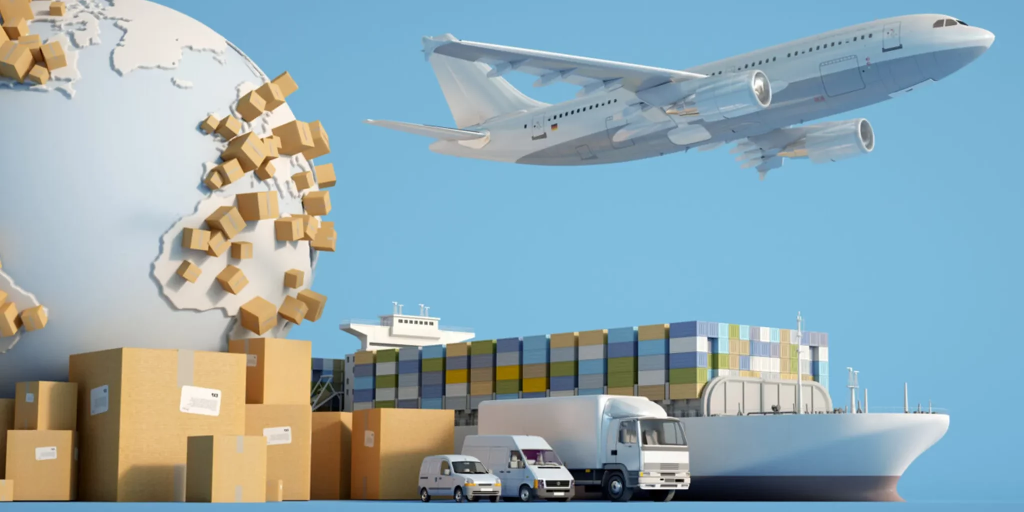
Traditional logistics models relied heavily on reacting to problems, like rerouting shipments after a delay or restocking only once inventory ran low.
With the rise of AI and machine learning, supply chains have become far more proactive. Predictive technologies now analyze variables such as:
- Supplier performance history
- Port congestion trends
- Political or climate disruptions
- Consumer demand fluctuations
The result? Smarter forecasting, dynamic rerouting, and fewer costly surprises.
Companies that leverage predictive insights aren’t just delivering faster, they’re anticipating needs before problems arise.
3. Smarter Warehouses, Smarter Workflows
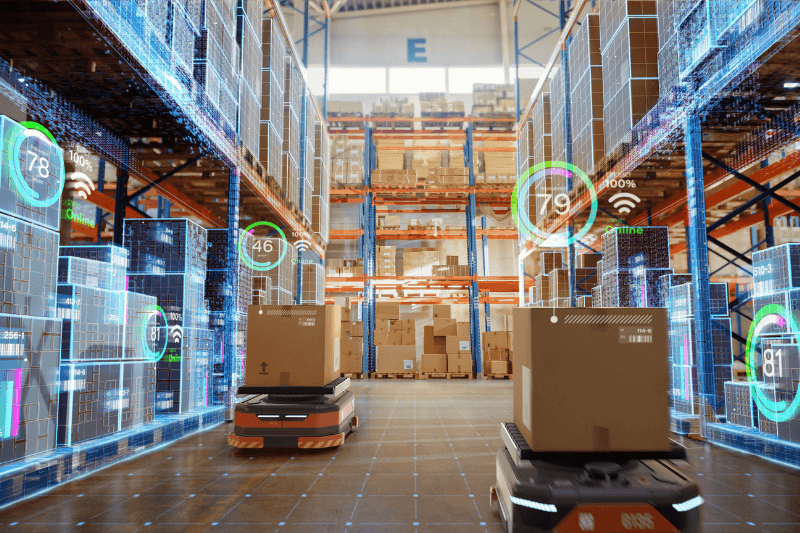
Global logistics depends heavily on warehousing. But manual operations can’t keep up with the demands of today’s omnichannel and just-in-time expectations.
Enter smart warehousing: systems equipped with robotics, computer vision, and automation software. These innovations enable:
- Autonomous picking and sorting
- Real-time inventory adjustments
- Space optimization using AI-powered layouts
For cross-border merchants, smart fulfillment centers reduce labor dependencies while ensuring consistent service levels, no matter where the customer is.
PostalParcel, for example, integrates smart warehousing across its hubs to streamline fulfillment for international e-commerce sellers, especially during high-volume periods like Q4 or Singles’ Day.
4. Real-Time Tracking Builds Trust at Scale

Logistics used to be a black box once the product left the warehouse. Today, transparency is expected.
Real-time shipment tracking, powered by GPS, IoT sensors, and cloud notifications, allows customers and teams alike to follow the movement of goods from origin to destination, including customs status, handoffs, and last-mile delivery events.
More importantly, real-time visibility helps logistics teams:
- Manage exceptions quickly
- Update customers proactively
- Reduce WISMO (Where Is My Order) inquiries
This improved communication enhances operational control and directly improves customer experience and brand trust, which are now just as important as delivery speed.
5. Blockchain Makes Supply Chain Records Safe and Trustworthy
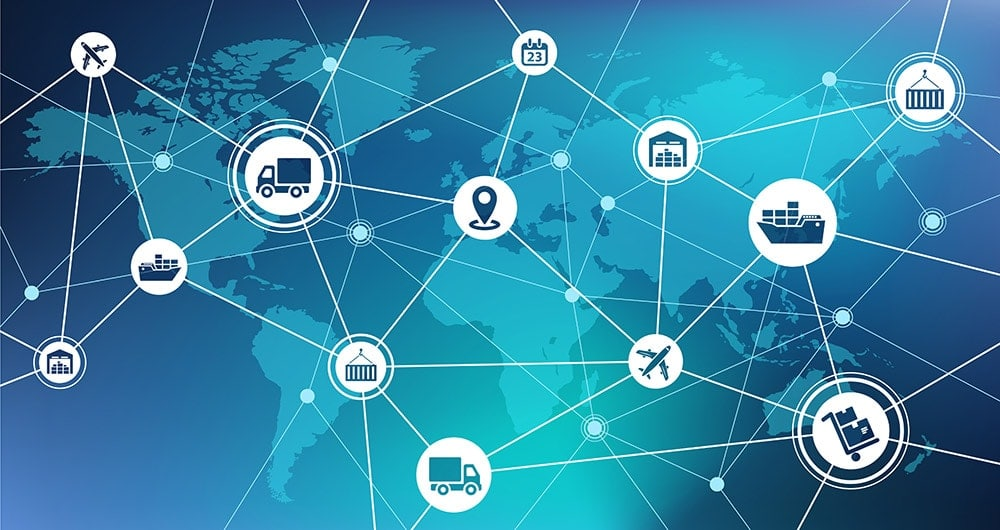
In global logistics, data integrity and accountability matter. This is where blockchain technology enters the scene.
By creating decentralized, tamper-proof records of every transaction, blockchain enables:
- Verified origin tracking (useful for regulated products like pharmaceuticals or luxury goods)
- Secure document exchange
- Instant customs clearance with smart contracts
While adoption grows, blockchain is poised to become a core element of cross-border compliance and traceability.
6. Data Is the New Driver of Competitive Advantage
Technology has turned logistics data into a strategic asset. Through advanced analytics dashboards, businesses can now gain insights such as:
- Carrier performance by region
- Cost-per-shipment trends
- Delivery failure root causes
- Return patterns by product category
This data fuels better decision-making, from procurement strategies to geographic expansion planning. Platforms like PostalParcel embed analytics into their fulfillment systems, giving merchants a bird’s-eye view of global operations — and the ability to fine-tune them in real time.
7. Sustainability Goals Are Driving Tech Adoption
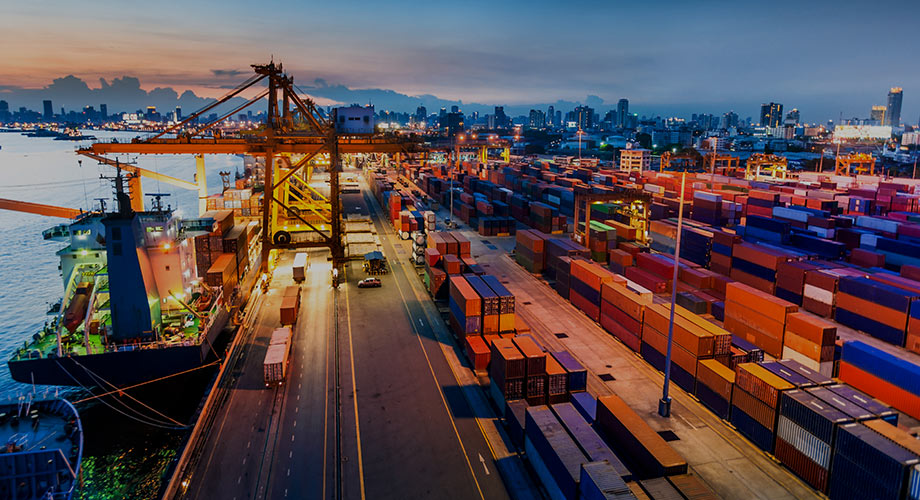
Global logistics isn’t just evolving for efficiency — it’s evolving for sustainability. Companies are pressured to reduce emissions, cut waste, and improve environmental reporting.
Technology plays a key role through:
- Route optimization to reduce fuel use
- CO₂ tracking dashboards
- Digital documents replacing paper
- Smart packaging to reduce volume and weight
Green logistics isn’t just a trend; it’s becoming a core requirement for global brands that want to maintain their reputation and meet regulatory expectations.
8. The Rise of Flexible Fulfillment Models
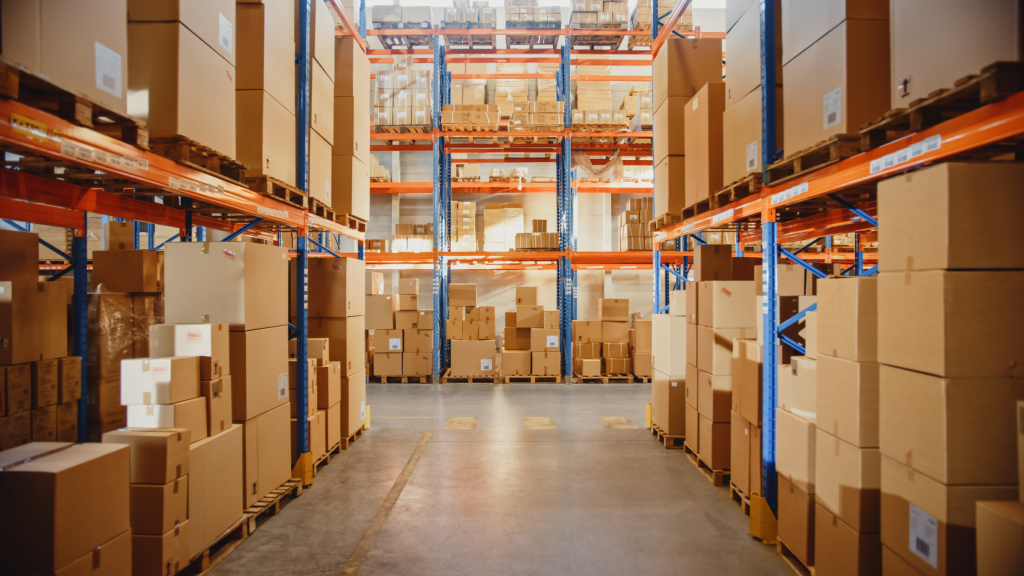
One of the most significant shifts technology enables is the move away from centralized fulfillment. Global logistics now supports distributed, flexible fulfillment, storing products closer to demand centers for faster, localized delivery.
Companies like PostalParcel offer multi-location warehousing and on-demand order routing, allowing businesses to:
- Shorten delivery times
- Lower international shipping costs
- Reduce customs friction
This model is especially powerful for DTC brands scaling into new regions without building physical infrastructure.
Conclusion
Technology now drives the way logistics works, not just supports it. Supply chains are more global, and customers expect more. Following supply chain technology trends has become a must.
From smart warehouses to real-time tracking and better forecasting, each new tool helps build faster and more reliable logistics.
Businesses that use these tools today won’t fall behind — they’ll lead the future of global trade.
Industry Insights
news via inbox
Nulla turp dis cursus. Integer liberos euismod pretium faucibua








